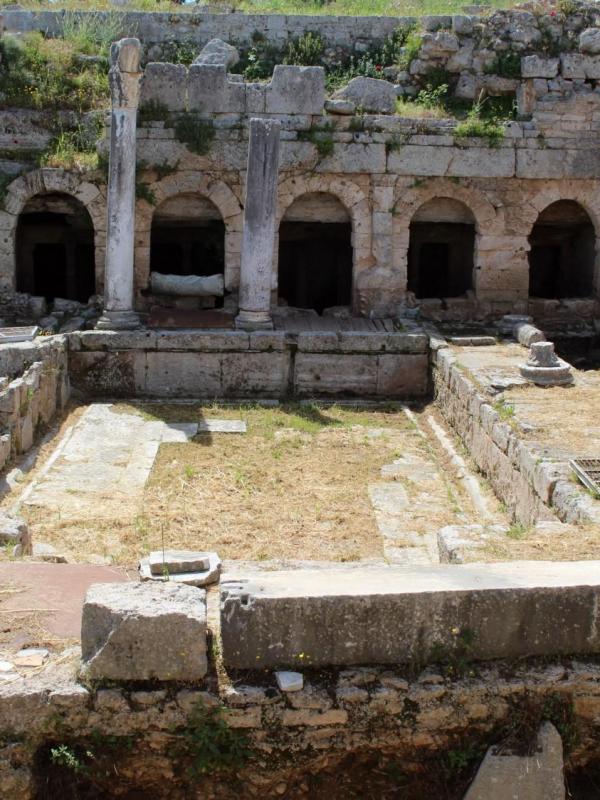Mycenae - Site audioguide
Explore the archaeological site of Mycenae at your own pace with our audio guide in English. Immerse yourself in the fascinating history of Mycenaean civilization and Greek mythology. Our audioguide takes you through the city's remains, revealing its treasures, myths and legends. No matter if you're a history buff, mythology enthusiast or just curious to know more, our audio guide is the ideal tool to help you discover all the secrets of this historic site.
Reference: MYCÈNES-A410
Availability: Livraison immédiate
Take advantage of a discounted price depending on quantity:
- From 2 to 4 4,00€ discount on the price indicated.
- From 5 10,00€ discount on the price indicated.
21,00€ inc. tax
Mycenae - Site audioguide
- Supplier : Grèce Vacances









































